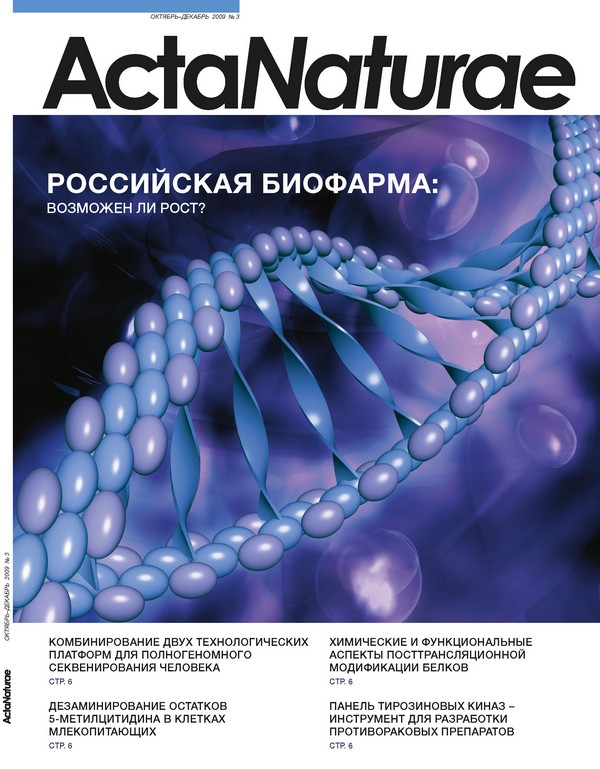Deamination of 5-Methylcytosine Residues in Mammalian Cells
- Authors: Gromenko EV1, Spirin PV2, Kubareva EA3, Romanova EA3, Prassolov VS2, Shpanchenko OV1, Dontsova OA1,3
-
Affiliations:
- Department of Chemistry, Lomonosov Moscow State University
- Engelhardt Institute of Molecular Biology, Russian Academy of Sciences
- Belozersky Institute of Physico-Chemical Biology, Lomonosov Moscow State University
- Issue: Vol 1, No 3 (2009)
- Pages: 121-124
- Section: Articles
- Submitted: 17.01.2020
- Published: 15.12.2009
- URL: https://actanaturae.ru/2075-8251/article/view/10792
- DOI: https://doi.org/10.32607/20758251-2009-1-3-121-124
- ID: 10792
Cite item







